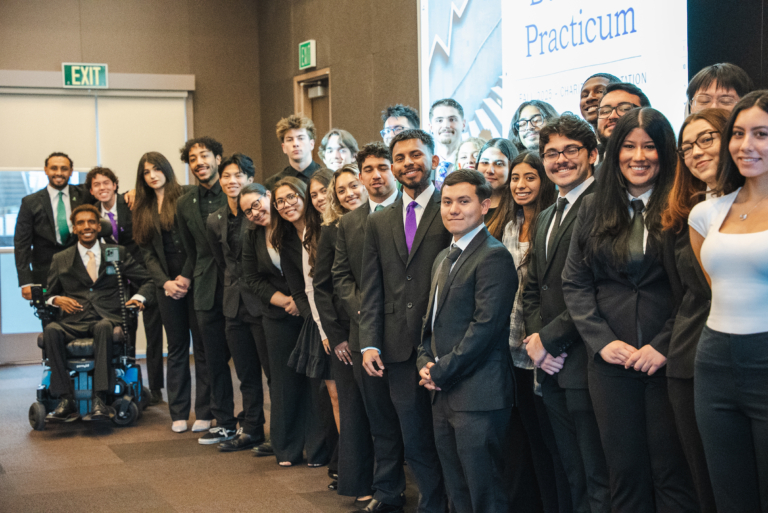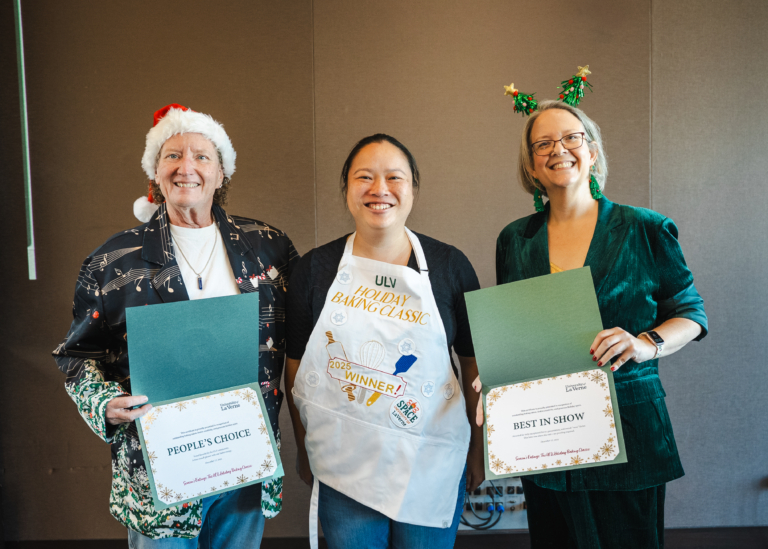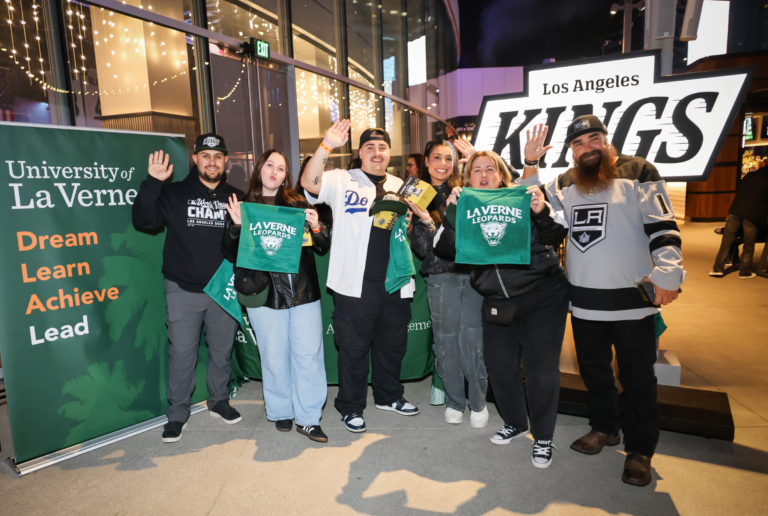University of La Verne Receives Historical Ukrainian-American Jewish Sculptures for Conservation and Study

The University of La Verne has received a donation of 14 historical folk-art sculptures from the Malgert Halpern and Irving Cohen family that depict Jewish life and culture in pre-World War II Ukraine and the United States.
The sculptures will be restored and preserved through a years-long conservation process led by the Cultural and Natural History Collections (CNHC) and a select team of university staff and students.
The “Henry Halpern Collection of Jewish Life” was created by Henry Halpern, who was born in Ukraine and lived from 1895 to 1979. Many of the pieces depict Halpern’s memory of what Jewish life was like in Ukraine prior to the Holocaust, which led to the ultimate destruction of his community. Others resemble Jewish traditions he preserved while living in the United States.
Each piece is made of delicate greenware, or unfired clay, and some sculptures express various depictions of Halpern’s small town or “shtetl.”
“They are expressive, very dynamic, they are very emotive,” said Anne Collier, curator in the CNHC.
Collier is leading the conservation process of the sculptures, most of which are brittle and heavily aged. She has moved them to a climate-controlled space and has begun carefully dusting years of layered dirt and debris off them.
Once the sculptures are cleaned, reassembled, and stabilized, they will be displayed publicly and studied by students. Students will also be able to assist in the process of conservation, historical research, and curation, Collier said.
Collier looks forward to uncovering the history behind each sculpture as the conservation process moves forward. “It’s the person behind the story, never the object,” Collier said. “There’s so much more to learn about these sculptures.”
Robyn Small served as the Halpern and Cohen family’s caregiver for the sculptures and was introduced to the University of La Verne through her husband. After meeting President Devorah Lieberman and Chaplain Zandra Wagoner, Small felt the alignment between Halpern’s sculptures and the university’s values made the university “the perfect fit” to care for them.
“His gift in forming the clay people was his way of teaching what is important in any culture: working together; debating the meaning of faith; visiting the sick; lively exchanges at the market; simple vignettes of daily life,” Small said.
Wagoner agreed that the sculptures embody the university’s commitment to interfaith teaching, diversity and inclusivity, and lifelong learning.
“We are so thankful for the opportunity to preserve this history that so easily communicates through its visual representation,” Wagoner said.
The CNHC is the steward of the University of La Verne’s collection of artifacts, objects, and specimens that represent, preserve, and document the collective memory of the natural and cultural world.
Financial support of the conservation efforts is welcome.


